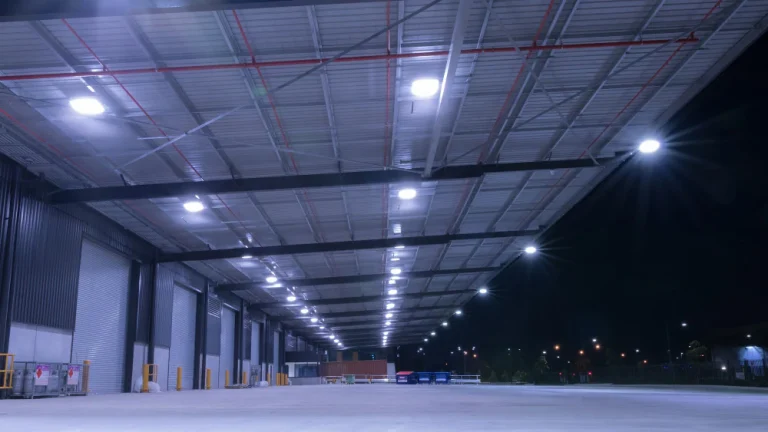Navigating the World of Web Development: Full-Stack vs. Web Development Courses

In the ever-evolving landscape of technology, the demand for skilled web developers continues to soar. Aspiring developers often face the dilemma of choosing between full-stack and web development courses to kickstart their careers. In this comprehensive guide, we’ll delve into the differences between full-stack web development course, explore the curriculum of Caltech University’s Web Development Course, and help you determine which path aligns best with your career goals.
Understanding Full-Stack and Web Development
Before we delve into the specifics of each course, let’s first clarify what full-stack and web development entail:
Full-Stack Development:
Full-stack development refers to the practice of developing both the frontend (client-side) and backend (server-side) components of a web application. Full-stack developers are proficient in multiple programming languages and frameworks, allowing them to handle all aspects of web development.
Web Development:
Web development, on the other hand, typically focuses on either frontend or backend development. Frontend developers specialize in creating the user interface and client-side functionality of a website, while backend developers focus on server-side logic and database management.
Full-Stack vs. Web Development Courses: A Comparison
Now that we understand the differences between full-stack and web development, let’s compare the two courses:
Curriculum:
- Full-Stack Development Course: Full-stack courses cover a broad range of topics, including frontend technologies like HTML, CSS, and JavaScript, as well as backend technologies like Node.js, Express.js, and databases such as MongoDB.
- Web Development Course: Web development courses may focus more narrowly on either frontend or backend technologies. For example, a frontend course might cover HTML, CSS, and JavaScript, while a backend course might focus on server-side languages like Python or PHP.
Skill Set:
- Full-Stack Development Course: Full-stack courses provide students with a comprehensive skill set that enables them to build complete web applications from start to finish. This includes proficiency in both frontend and backend technologies, as well as an understanding of how these components interact.
- Web Development Course: Web development courses may provide a deeper dive into specific areas of development, such as frontend design or backend programming. Students may choose to specialize in one area or the other, depending on their career aspirations.
Career Opportunities:
- Full-Stack Development Course: Full-stack developers are in high demand in the job market, as they possess the skills needed to work on all aspects of a web project. They may pursue roles such as full-stack engineer, web developer, or software engineer.
- Web Development Course: Web developers may choose to specialize in frontend or backend development, depending on their interests and career goals. Frontend developers may pursue roles such as UI/UX designer, frontend developer, or web designer, while backend developers may work as backend engineers, database administrators, or systems architects.
Caltech University’s Web Development Course
Now, let’s take a closer look at Caltech University’s Web Development Course and how it aligns with the concepts discussed above:
Curriculum:
Caltech’s Web Development Course offers a comprehensive curriculum that covers both frontend and backend technologies. Students learn to build interactive web applications using HTML, CSS, JavaScript, and popular frameworks like React.js and Node.js. The course also covers topics such as version control, database management, and deployment strategies.
Hands-On Learning:
The course emphasizes hands-on learning, with students completing real-world projects and assignments to reinforce their understanding of key concepts. Through interactive labs and coding exercises, students gain practical experience that prepares them for careers in web development.
Expert Instruction:
Caltech’s Web Development Course is taught by industry experts and experienced web developers who bring real-world insights and best practices to the classroom. Students benefit from personalized instruction and feedback, ensuring they have the support they need to succeed.
Career Support:
Caltech provides career support services to help students transition into the workforce after completing the course. This includes resume assistance, interview preparation, and networking opportunities with industry professionals.
Conclusion
In conclusion, both full-stack and web development courses offer valuable skills and opportunities for aspiring developers. Full-stack courses provide a comprehensive understanding of both frontend and backend technologies, while web development courses may offer a more focused approach to either frontend or backend development.
If you’re looking for a well-rounded education that covers all aspects of web development, Caltech University’s Web Development Course is an excellent choice. With its comprehensive curriculum, hands-on learning experience, and expert instruction, it prepares students for success in the dynamic field of web development.
Whether you choose to pursue full-stack or web development, the key is to find a course that aligns with your interests, career goals, and learning style. With the right education and dedication, you can embark on a rewarding career in the exciting world of web development.





